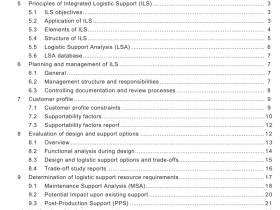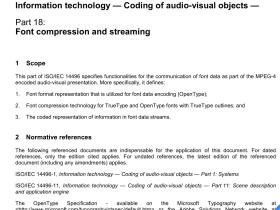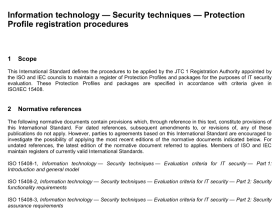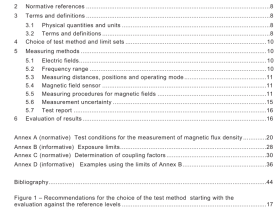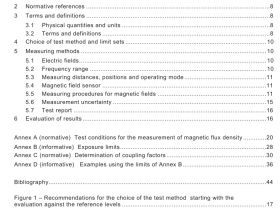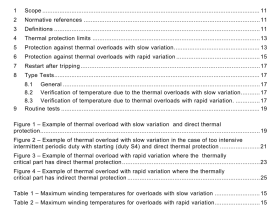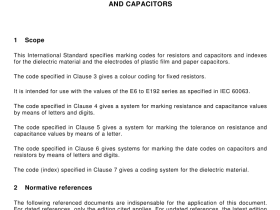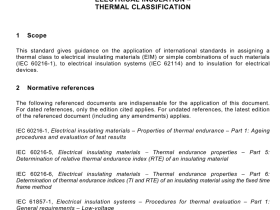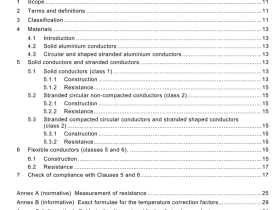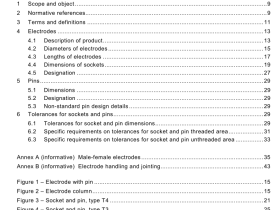IEC 60068-2-38 pdf download
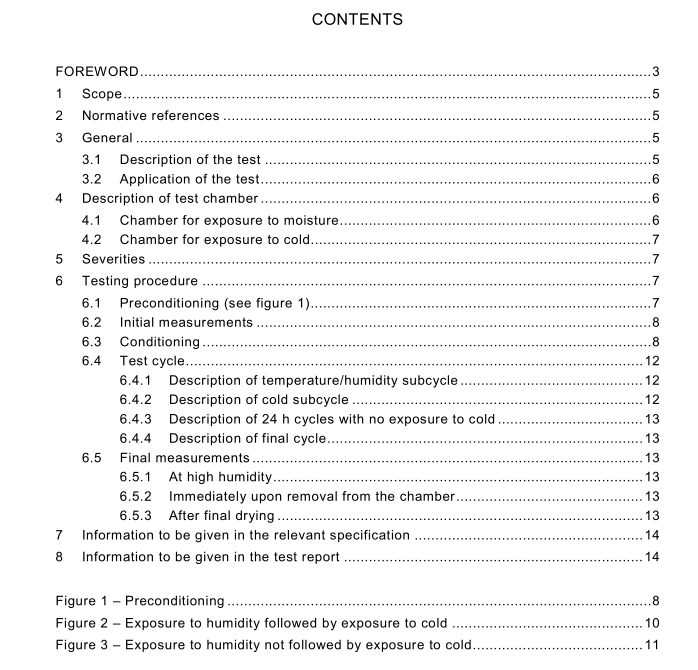
IEC 60068-2-38 pdf download Environmental testing – Part 2-38: Tests – Test Z/AD: Composite temperature/humidity cyclic test
3.2Application of the test
For the reasons given above,it is recommended that this test procedure be limited tocomponent type specimens when the construction of the specimens suggests a “breathing”type of damp heat test combined with icing and where the thermal characteristics arecompatible with the rates of change of temperature, etc. of test Z/AD.
For solid type specimens, e.g. plastic encapsulated, where there may be small hairline cracksor porous material,the absorption or diffusion mechanisms will predominate and a steadydamp heat such as test C of lEC 60068-2-78 is preferred for investigating these effects.
For larger specimens such as equipment or when it is essential for components to ensurethermal stability during the various phases of the cycle, test Db of lEC 60068-2-30 should beemployed,although due to the reduced number of cycles in a given period,the degree ofacceleration may not be as fast. In this case, test Db should normally form part of a sequencesuch as that defined in lEC 60068-1.
As in other damp heat tests,a polarizing voltage or electrical loading may be applied to thespecimens. In the case of electrical loading, the loading should be such that the temperaturerise of the specimens does not unduly affect the chamber conditions.
From the above,test Z/AD should not be considered to be interchangeable with,or analternative to,either steady-state or other cyclic damp heat tests,but the choice of testprocedure should be made with due regard for the physical and thermal characteristics of thetest specimens and the types of failure mechanisms which are significant for each particularcase.
4Description of test chamber
The exposure to moisture,followed by cold, can either be performed in one chamber or in twoseparate chambers.
4.1 Chamber for exposure to moisture
The chamber for the exposure to moisture shall be so constructed that:
a) The temperature can be varied between 25 °C ± 2 K and 65 °C ± 2 K in a period of between 1 ,5 h and 2,5 h for both rising and falling temperatures.
b) The relative humidity can be maintained at (93 ± 3) % during the periods of constant or rising temperature and between 80 % RH and 96 % RH during the falling temperature periods.
c) The conditions prevailing at any point in the working space are uniform and are as similar as possible to those prevailing in the immediate vicinity of suitably located temperature- and humidity-sensing devices. The air in the chamber shall therefore be continuously stirred at a rate necessary to maintain the specified conditions of temperature and humidity.
d) The specimens under test shall not be subjected to radiant heat from the chamber conditioning processes.
e) Water used for the maintenance of chamber humidity shall have a resistivity of not less than 500 Ωm. f) Condensed water shall be continuously drained from the chamber and not used again unless it has been repurified.
